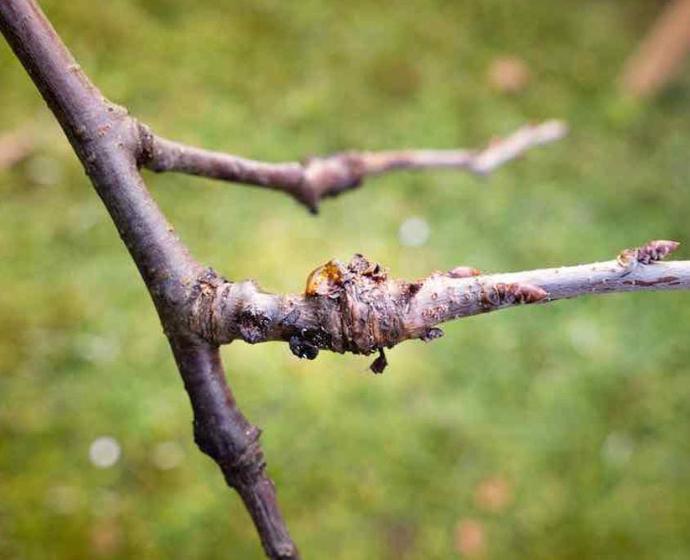Blueberry Plant
Blueberry shrubs, 4-6 feet tall and suited for Zones 3-7, thrive in acidic, well-drained soil under full sun to partial shade. Known for their delicious and edible berries, blueberries are a popular choice in gardens.
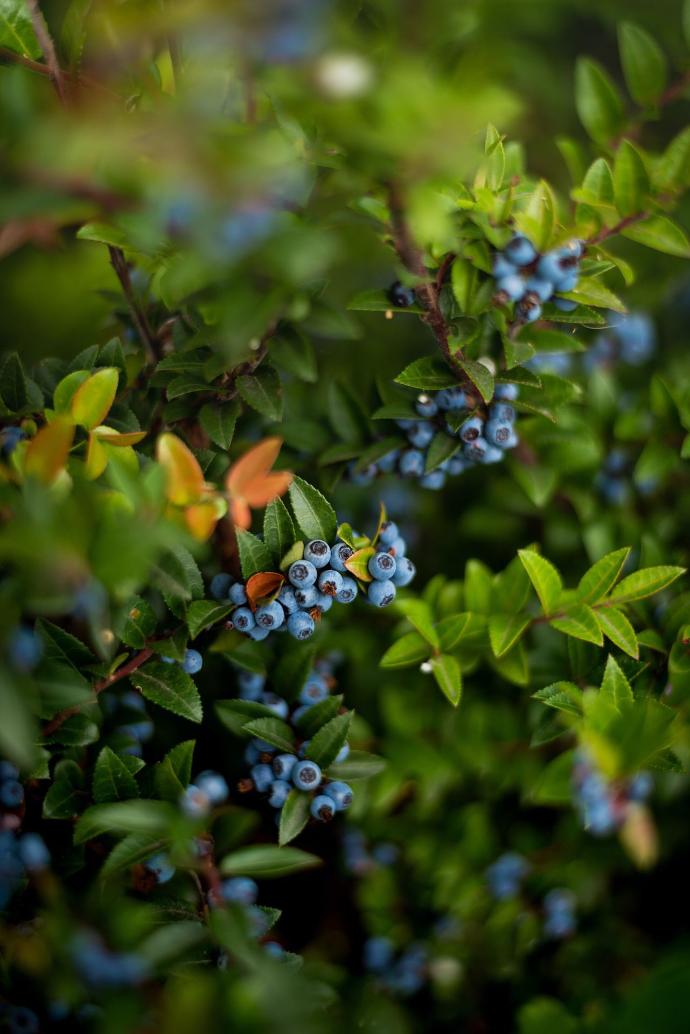
Habit
Shrub
Height
1-2 m
Growth
Moderate
Soil
Well-drained, acidic
Shade
Full sun to partial shade
Moisture
Moderate
Edible
Yes
Medicinal
Yes
Origin
North America
Climatic Condition
Temperate
Temperature (°)
10-25°C
Humidity (%)
50-70%
Potting media
Peat + Sand
Fertilizers
Acidic NPK (10:5:5)
Watering
Regular watering
Plant Weight
500-1000 g
Flowering Time
Spring to Summer
Soil Ph level
4.5-5.5
Water Ph level
5.0-5.5
Soil EC
1.2 dS/m
Yield Per Plant
4.5 kg of fruit
NPK ratio
10:05:05
life Span
10-20 years
Health Benefits
Antioxidant-rich, brain health
Suggested Grow Media or Potting Mix ?
50% peat moss, 30% perlite, 20% sand
Suggested Fertigation/Fertilizers
Fertilize every 4 weeks with an acidic fertilizer.
Common Diseases and Remedies
Bacterial Canker, Crown Gall.
lesions on the trunk turn into reddish-brown or black cankers ., tumor-like spheres (galls) at the base of canes, on the roots, or the lower stems of the bush.
prune.
HEALTH BENEFITS
1. Rich in Antioxidants
- Blueberries are one of the best sources of antioxidants, particularly anthocyanins, which help fight oxidative stress and reduce cell damage.
2. Supports Heart Health
- Regular consumption helps lower LDL ("bad") cholesterol, reduce blood pressure, and improve overall heart function.
- Anthocyanins may reduce the risk of heart disease by improving circulation and reducing inflammation.
3. Improves Brain Function
- Blueberries enhance memory, cognitive function, and slow age-related cognitive decline.
- Their antioxidants protect brain cells from oxidative stress and may reduce the risk of neurodegenerative diseases like Alzheimer's.
4. Aids Digestion and Gut Health
- High in dietary fiber, which promotes healthy digestion and prevents constipation.
- Supports gut microbiome by promoting beneficial gut bacteria.
5. Helps Regulate Blood Sugar
- Low glycemic index and rich in polyphenols, making them beneficial for blood sugar control.
- May help reduce insulin resistance, beneficial for diabetics.
6. Supports Eye Health
- Contains lutein and zeaxanthin, which help protect against age-related macular degeneration and cataracts.
7. Boosts Immunity
- Rich in vitamin C and other immune-boosting compounds that help fight infections and inflammation.
8. May Aid in Weight Loss
- Low in calories but high in fiber, helping you feel full longer and reducing overall calorie intake.
9. Anti-Inflammatory Properties
- Helps reduce inflammation in the body, which is linked to various chronic diseases like arthritis and heart disease.
10. Skin Health
- Antioxidants and vitamin C in blueberries help promote collagen production, reducing wrinkles and promoting youthful skin.
What Is An Blueberry Plant ?
Blueberries are a widespread group of perennial flowering plants that produce blue or purple berries. They are classified in the Cyanococcus section within the genus Vaccinium. The Vaccinium genus also includes cranberries, blueberries, blueberries, and Madeira blueberries. Commercial blueberries, both wild (lowbush) and cultivated (highbush), are all native to North America. The highbush variety was introduced to Europe in the 1930s.
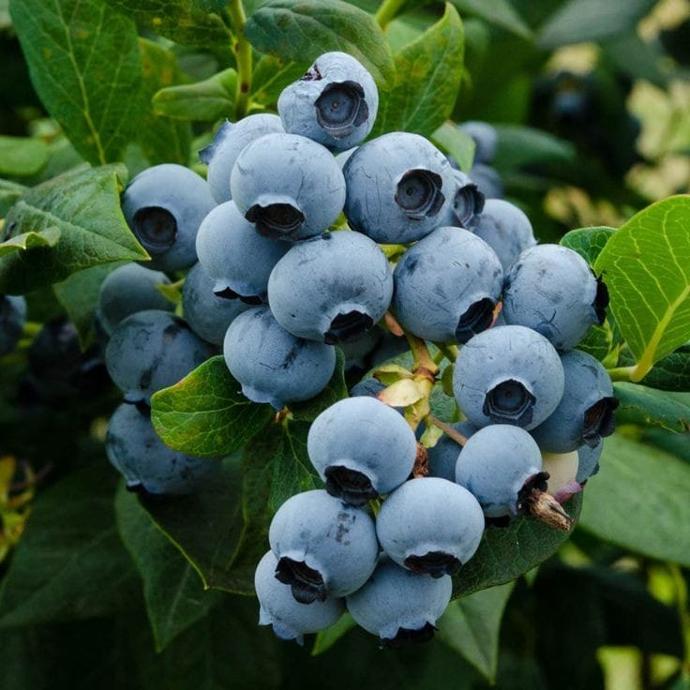
What Are The Different Types Of Blueberry Plants ?
Vaccinium caesariense (New Jersey). Blueberry)
Lowbush variety is V. angustifolium, V. boreale, V. mytiloides, V. pallidum, V. angustifolium × V. Corinbotham. They are still cultivated in a manner similar to pre-Columbian semi-wild cultivation. H. Through slash-and-burn cultivation. Highbush varieties are Dallowee and Corinbotham. Rabbit Eye (V. ashei/V. virgatum) is different from highbush and lowbush.
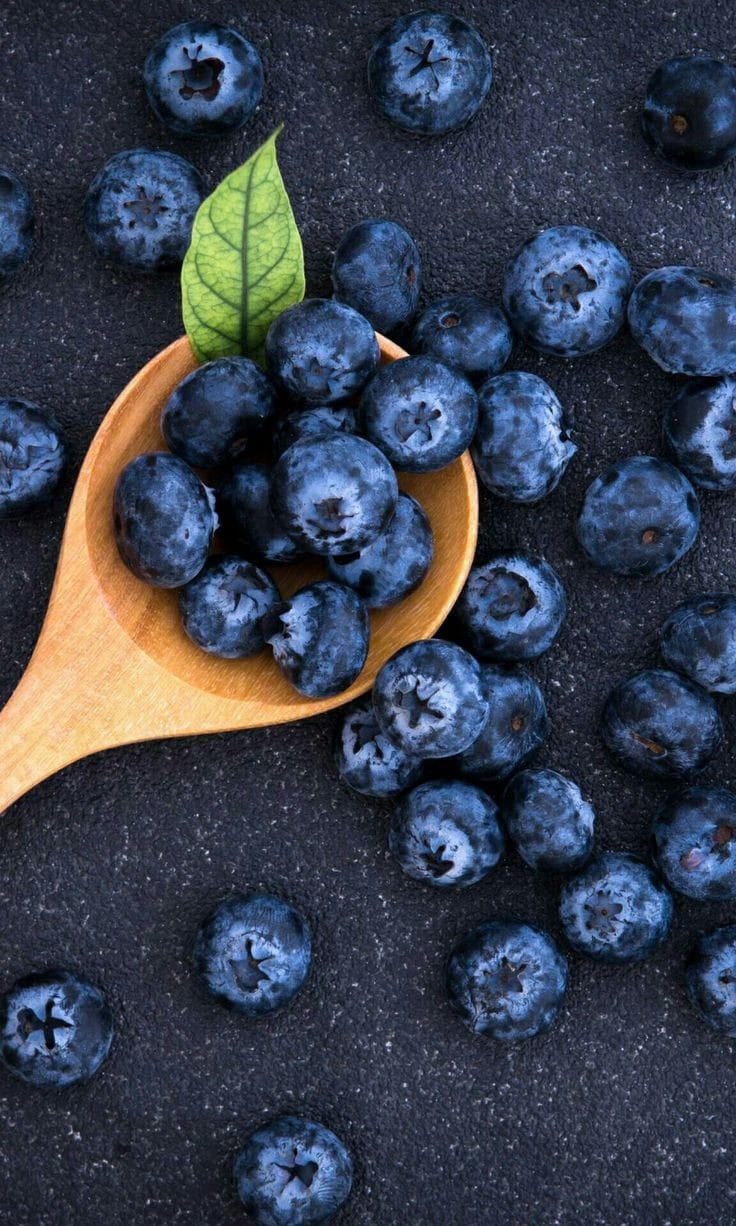
How to Care Blueberry Plant ?
1. Location
Commercial blueberries are typically derived from species that occur naturally only in eastern and central northern North America. Other parts of the genus are native to other parts of the world, including the Pacific Northwest and southern United States, South America, Europe, and Asia.
2. Sunshine
Blueberry plants grow best in full sun for at least six hours per day, but closer to eight hours is ideal. The plant can also tolerate partial shade, but growth will not be as good. They may be stunted or have a general decrease in energy. Plants grown in full sun have more energy to produce more fruit.
3. Soil
Blueberry plants require loose, well-drained, acidic soil (pH 4.0 to 5.0) rich in organic matter.
4. Hydration
During the first two years of blueberry growth, it requires 1 to 2 inches of water per week. Then, with about an inch of rain every 10 days in the summer, you won't need to water it yourself. If your plants are very dry, soak your new plants thoroughly and thoroughly.
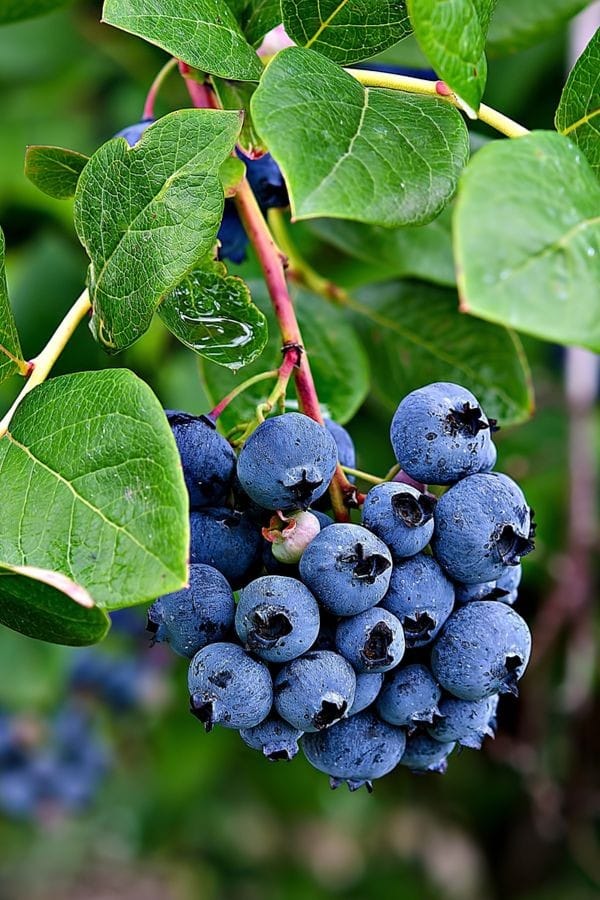
5. Nourishment
Fertilizers that provide nitrogen in the form of ammonium are preferable to those that provide nitrogen as nitrates because blueberries are sensitive to nitrates and injury can occur. For acid-loving plants, use a 7-7-7 or 4-3-4 fertilizer, or a similar fertilizer.
6. Issues
Botrytis , Powdery mildew , stem canker , Homopsis , Aphids etc , these are several issues which are faced in growing Blueberry.
What are the Benefits of Blueberry Plant ?
Acts as an antioxidant . May have anticancer effects. May have the ability to maintain weight. May have the effect of lowering blood sugar levels. May have a cholesterol-lowering effect. May be effective in maintaining blood pressure. Antibacterial effects can be expected.

FAQs About Growing Blueberry
1. What happens if you eat blueberries every day ?
They reduce the risk of chronic disease, improve vision, aid digestion, and support overall health. In addition, the antioxidants in blueberries protect the skin from premature aging by reducing chronic inflammation, reducing the risk of chronic diseases.
2. What are the 5 benefits of eating blueberries ?
Rich in antioxidants. Blueberries are one of the best natural sources of antioxidants , Lowers cholesterol levels , Lowers blood pressure , Blood sugar control , Improves digestion.
3. What vitamins are in blueberries ?
Blueberries are a healthy and stress-free food. A handful of blueberries contains fiber, vitamin C, vitamin K, manganese, potassium, and only 80 calories per cup. It also contains very little sodium and almost no fat.
4. Do blueberries make your skin glow ?
The answer is yes. Blueberries are an excellent superfood that prevents the signs of skin aging. With its free radical scavenging superpower, blueberries create a protective shield for your skin, keeping dirt and debris out, ensuring glowing, glowing skin.
5. Why are blueberries so expensive ?
The United States relies on Peru for about one-third of its total supply of 1.3 billion pounds of blueberries, so sourcing blueberries is a staple of U.S. food products. This is a challenge for stores. The shortage caused prices to rise significantly.

